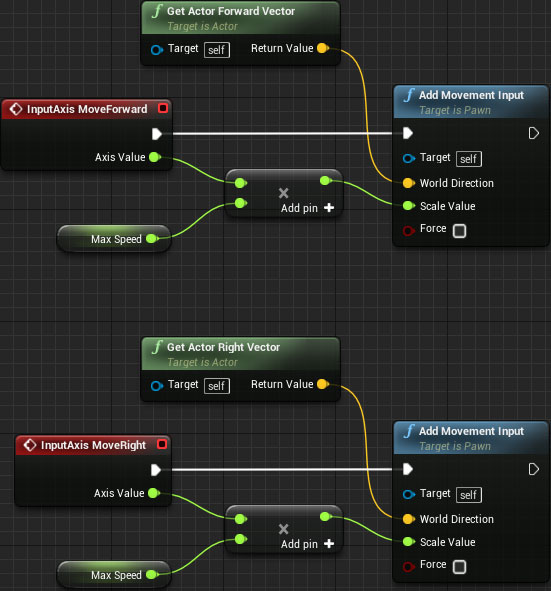What is Unreal Engine?
Unreal Engine is a powerful software that helps creators build virtual environments and interactive content. Initially designed for video games, it has evolved into a versatile engine suitable for many different projects. With Unreal Engine, students can bring their ideas to life, whether it's designing games, exploring architectural concepts, or even creating immersive virtual reality experiences.
Exciting Features:
Unreal Engine's popularity stems from its impressive features. Let's explore some of them:
Eye-catching Visuals: Unreal Engine allows students to create visually stunning graphics with realistic lighting, shadows, reflections, and special effects. These features make the virtual worlds come alive, captivating the audience and enhancing the overall experience.
No Coding Required: One of the standout features of Unreal Engine is its Blueprint visual scripting system. Students who are not familiar with coding can still create interactive gameplay mechanics and behaviors using a visual interface. This empowers them to unleash their creativity without the need for extensive programming knowledge.
Realistic Physics: Unreal Engine incorporates a physics engine that enables realistic object interactions, gravity simulations, and collision detection. This feature is useful for students studying fields like architecture and engineering, as it allows them to test and visualize designs with accurate physics simulations.
Reach Different Platforms: Unreal Engine supports multiple platforms, such as PCs, consoles, mobile devices, and virtual reality headsets. This means that students can develop their projects and showcase them on various platforms, reaching a wider audience and exploring different mediums.
Exciting Applications:
Unreal Engine's versatility opens doors to exciting opportunities across various domains:
Game Development: Unreal Engine is widely used in the gaming industry to create engaging and visually impressive games. Students can learn game development skills and bring their imaginative ideas to life, crafting their own interactive experiences.
Film and Animation: Unreal Engine is also popular in film production and animation. Students interested in these fields can utilize its real-time rendering capabilities to create virtual sets, stunning visual effects, and even render entire scenes in real-time, saving time and enhancing the production process.
Architecture and Visualization: Students studying architecture and design can use Unreal Engine to visualize and present their concepts. They can create interactive walkthroughs, realistic visualizations, and virtual tours of their designs, providing a more immersive and engaging experience for clients and viewers.
Training and Simulation: Unreal Engine finds applications in training programs and simulations. Students interested in fields like military training, medical simulations, or industrial safety can leverage Unreal Engine's capabilities to create immersive and realistic virtual environments, enhancing the effectiveness of practical training scenarios.
By embracing Unreal Engine, students can embark on journeys of game development, architectural visualization, and immersive storytelling. The possibilities are endless, and with Unreal Engine, the future of digital creation is at their fingertips.


